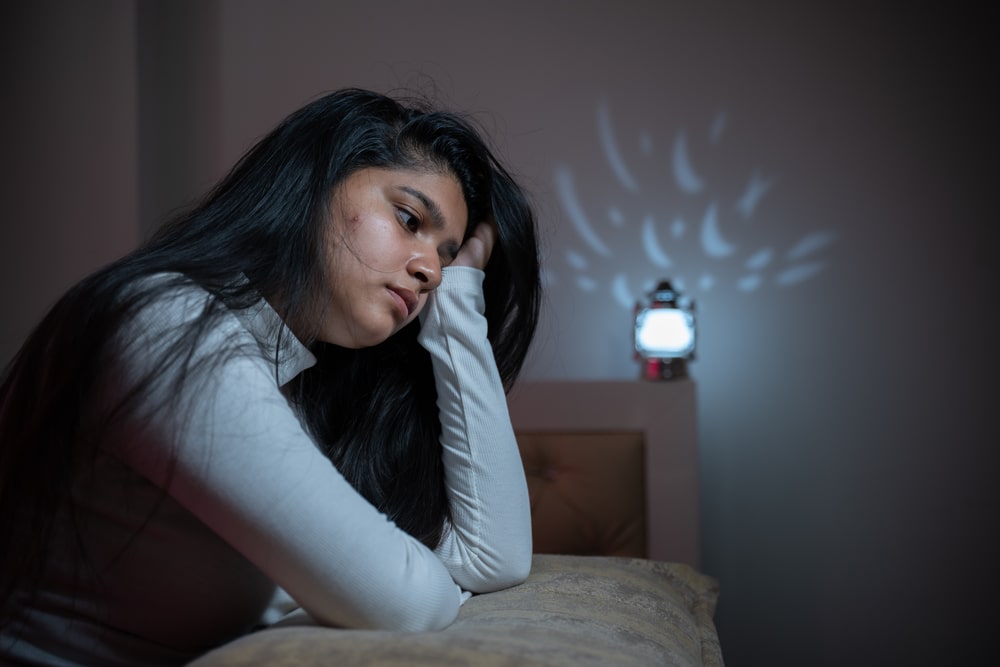Anxiety is defined by the American Psychological Association (APA) as “an emotion characterized by feelings of tension, worried thoughts and physical changes like increased blood pressure.” It is a natural emotional reaction in response to stressful situations. While fleeting anxiety is unavoidable, it is atypical to experience persistent and debilitating symptoms of anxiety. An individual may be struggling with an anxiety disorder when pervasive anxiety interferes with his or her ability to function in daily life. The National Alliance on Mental Illness (NAMI) asserts: “Anxiety disorders are a group of related conditions, each having unique symptoms. However, all anxiety disorders have one thing in common: persistent, excessive fear or worry in situations that are not threatening.” Different types of anxiety disorders listed in the Diagnostic and Statistical Manual of Mental Disorders, Fifth Edition (DSM-5) include:
- Generalized anxiety disorder (GAD): Characterized by severe ongoing anxiety and exaggerated worry and tension (even when there is little or nothing to provoke it) that interferes with daily activities.
- Obsessive-compulsive disorder (OCD): Characterized by intrusive, unreasonable thoughts and/ or fears (obsessions) that commonly lead to compulsive, repetitive behaviors (compulsions).
- Panic disorder: Characterized by the sudden onset of recurring panic attacks that occur spontaneously and without cause.
- Post-traumatic stress disorder (PTSD): Characterized by symptoms of avoidance and nervous system arousal after experiencing or witnessing a traumatic event.
- Social anxiety disorder (social phobia): Characterized by severe feelings of self-consciousness and insecurity in social settings.
- Separation anxiety disorder: Characterized by an exaggeration of otherwise developmentally normal anxiety manifested by excessive concern, worry, and even dread of the real or anticipated separation from an attachment figure.
Although everyone will experience anxiety, there are several warning signs that can help distinguish the difference between typical anxiety and symptoms that may be indicative of an anxiety disorder. While each type of anxiety disorder has its own respective set of symptoms, the Centers for Disease Control and Prevention (CDC) provides examples of some of the more general signs and symptoms that span across most anxiety disorders, including, but not limited to, the following:
- Difficulty falling asleep.
- Fatigue.
- Trouble concentrating.
- Muscle tension.
- Excessive worry.
- Strong startle response.
- Nervousness.
- Nausea.
- Sweating.
- Fear of being alone.
- Nail biting.
- Overreaction to stressors (e.g., irrational anger, aggressive outburst, etc.).
- Social isolation.
- Avoiding previously enjoyed pastimes.
The symptoms can present in any combination with varying levels of severity. If left untreated, an individual struggling with an anxiety disorder is at increased risk of developing a plethora of adverse short- and long-term consequences.
Treatment In Calabasas
Calabasas is a city in California. It is a well-known suburb of Los Angeles, located west of the San Fernando Valley and north of the Santa Monica Mountains. Over the past decade, the city of Calabasas has grown in its reputation for luxury as well as for privacy which makes it a hidden gem for residential living for society’s elite, and one of the most desirable destinations in Los Angeles County. It is also home to a plethora of highly qualified mental health clinicians providing an array of therapeutic services and treatment options.
The information above is provided for the use of informational purposes only. The above content is not to be substituted for professional advice, diagnosis, or treatment, as in no way is it intended as an attempt to practice medicine, give specific medical advice, including, without limitation, advice concerning the topic of mental health. As such, please do not use any material provided above to disregard professional advice or delay seeking treatment.


